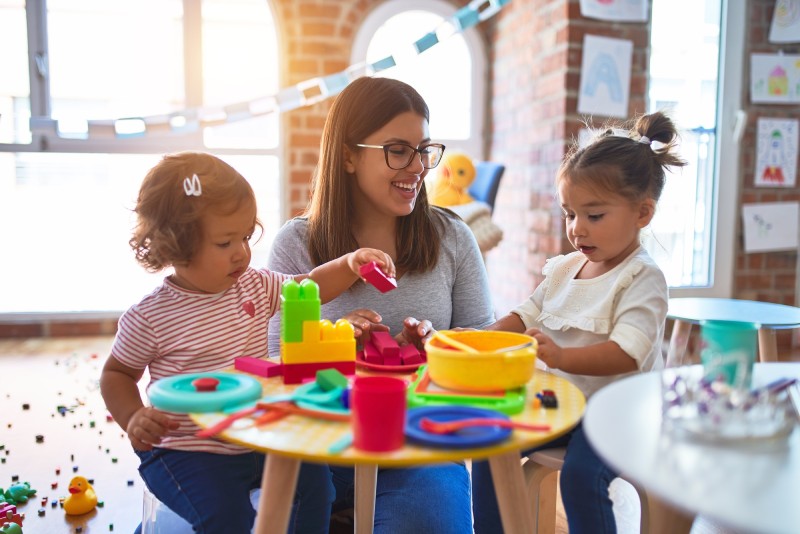

Imagine your toddler taking their first steps or saying their first word. These milestones are monumental, but they’re just the beginning. The early years are crucial for your child’s development, and education plays a big role in it.
This article aims to be your guide for nurturing curiosity in toddlers. We’ll explore how to recognize signs of curiosity, foster a safe environment, encourage exploration, and much more. Read on to unlock the boundless potential of your child’s early years.
Recognizing Curiosity In Toddlers
Curiosity in toddlers isn’t hard to spot if you know what to look for. These young minds are like sponges, eager to absorb the world around them. Recognizing these signs early can make a big difference. Let’s delve into the behavioral indicators and why they matter.
One of the clearest signs is the toddler’s interest in exploring their surroundings. You’ll find them crawling toward new objects, turning them over, or even putting them in their mouths. Places like the Brookvale Childcare Centre provide environments that are tailored to stimulate this kind of curiosity.
Another unmistakable indicator is the barrage of questions. ‘Why is the sky blue?’ ‘What’s this?’ ‘How does that work?’ These questions may seem endless, but they’re a good thing. It shows your child is keen on understanding the world.
Recognizing these signs is crucial. It’s the first step in guiding your child’s inquisitive nature in a positive direction. It helps you create experiences that foster learning and development.
Fostering A Safe Environment
Safety and curiosity should go hand-in-hand in a child’s world. To ensure that your toddler can explore without risks, consider these specific steps:
By implementing these tips, you create a nurturing environment. Here, curiosity can flourish, and your toddler can explore with fewer risks involved.
Encourage Exploration
Fostering a sense of discovery in your child requires more than just a safe environment. Active engagement in diverse activities propels learning and feeds curiosity. Here’s how you can go beyond the basics to encourage genuine exploration:
Through these methods, you not only spark your toddler’s curiosity but also actively participate in shaping their understanding of the world. Actively exploring together creates richer experiences and more meaningful memories.
Using Questions To Fuel Curiosity
Questions serve as the catalysts for inquisitive minds. They open doors to new knowledge and perspectives. In this section, we’ll explore diverse strategies to invigorate your child’s curiosity through the art of questioning.
By embracing and cultivating a culture of questioning, you’re not just entertaining fleeting curiosity. You’re nurturing a lifelong learner who is unafraid to seek answers and venture into the unknown.
Conclusion
Nurturing curiosity in your toddler is an investment in their future. It builds the groundwork for a lifetime of learning and discovery. Creating a safe environment, encouraging exploration, and asking the right questions are just a few ways to fuel this natural instinct.
So, what’s the next step? It’s time for action. Start simple. Maybe plan a nature walk this weekend or begin a small DIY project with your child. Your child’s innate curiosity is a gift; let’s not waste it. Let’s cultivate it together for a richer, more rewarding journey through life.
Switching to solar energy is a smart financial move for most homeowners, but understanding the… Read More
Access to pharmacy services has evolved significantly, driven by technological advancements and changing patient needs.… Read More
The Sim Corder/Harrison Mill represents an enduring symbol of American ingenuity, community, and progress. As… Read More
A beautiful and lively garden can add life to your outdoor space and make it… Read More
Teams working in marketing and digital are familiar with the challenges of striking a balance… Read More
DafaNews, a prominent platform providing real-time sports updates and in-depth analysis, has launched “The Game… Read More